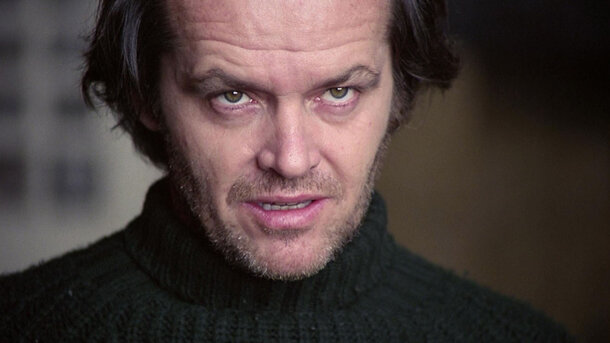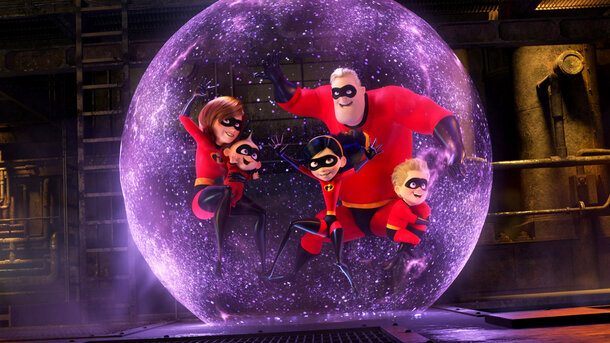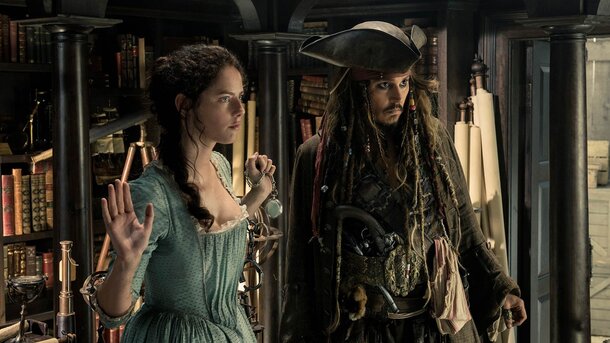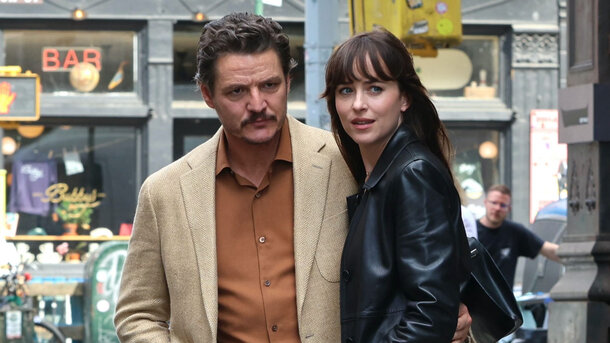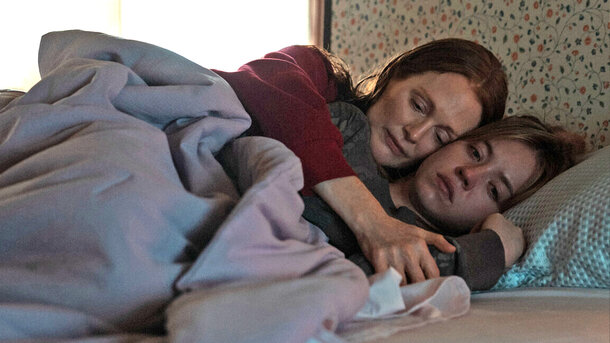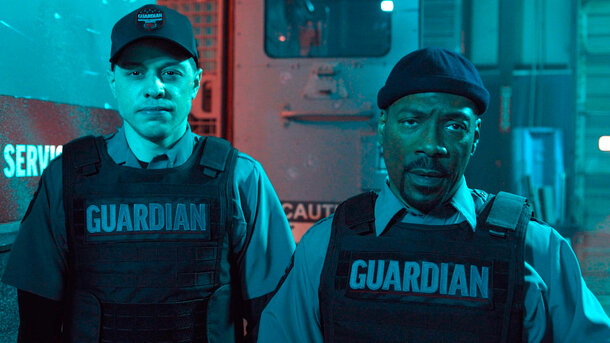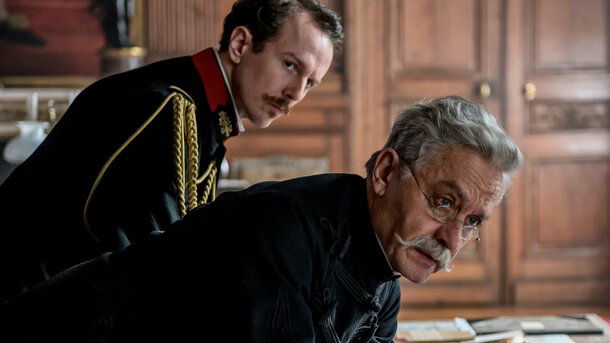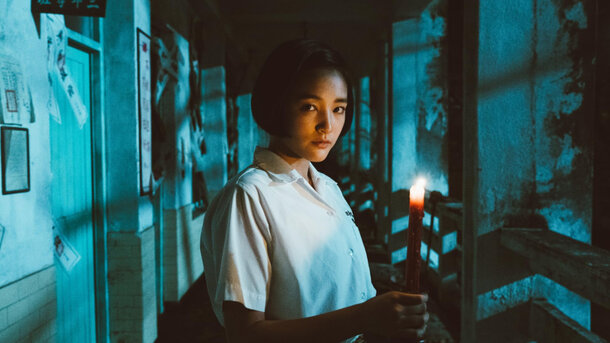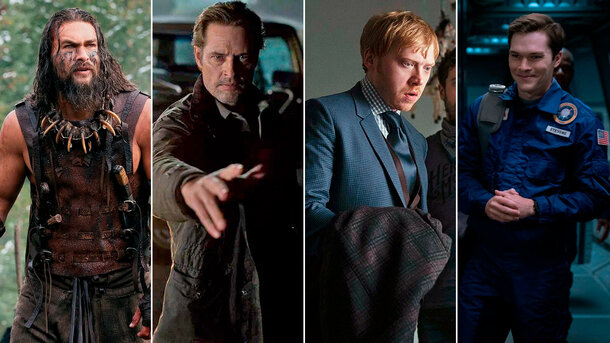Stanley Kubrick’s The Shining is a film that invites obsession — every frame meticulously composed, every colour and prop potentially a clue.
Among the many visual riddles fans have unpacked over the decades, one detail has quietly stood out: Jack Torrance’s tie. At first glance, it’s just another element of costume design. But a closer look reveals something more eerie — the geometric pattern on the tie bears a striking resemblance to the hedge maze outside the Overlook Hotel.
This isn’t some far-fetched fan theory. The maze is a central motif in The Shining, both literally and metaphorically — a symbol of Jack’s psychological unraveling and the trap he builds for himself. In the film’s final moments, Jack becomes permanently lost in the snowy labyrinth, frozen and defeated. The tie, then, can be read as a subtle visual cue: the maze was always with him, wrapped around his neck like fate tightening its grip.
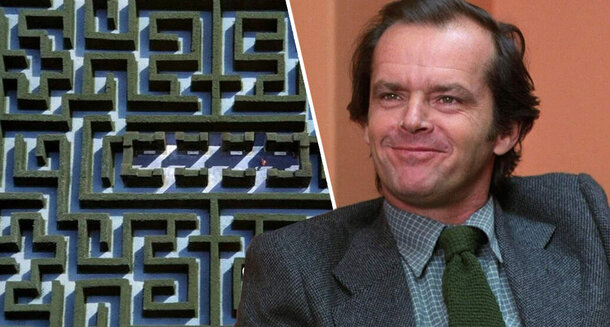
Kubrick was notorious for layering meaning into every detail. From the carpet patterns to room numbers, his work on The Shining is rich with visual symmetries and disturbing foreshadowing. Jack’s tie doesn’t just match the maze — it mirrors his descent.
